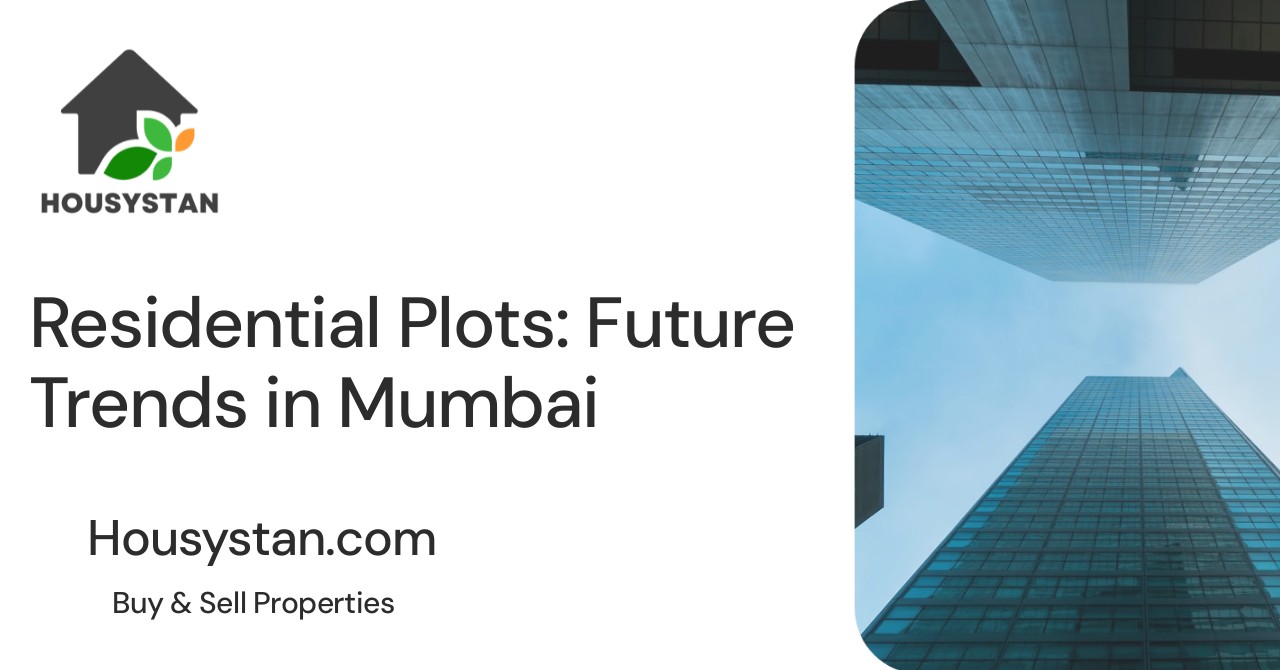Residential Plots: Future Trends in Mumbai
Read latest blogs and articles from Housystan

The Information mentioned here was last updated on:
14/12/2025Residential Plots: Future Trends in Mumbai
Mumbai, known as the financial capital of India, remains a hotspot for real estate investments, especially in residential plots. With the city’s rapid urbanization and expanding infrastructure, the demand for residential land parcels is on the rise. Investors and homebuyers are increasingly seeking opportunities in strategically located areas across Mumbai and its suburbs, driven by the promise of high returns and the flexibility to build custom homes. As the city evolves, understanding the future trends in residential plots is essential for making informed decisions.
One of the prominent trends shaping Mumbai’s real estate landscape is the growing preference for gated plot communities. These developments offer enhanced security, well-maintained common areas, and essential utilities, making them attractive to families and professionals. Moreover, areas like Navi Mumbai, Thane, and Panvel are witnessing significant growth in plotted developments due to improved connectivity, proximity to business districts, and infrastructural advancements like the Navi Mumbai International Airport and metro rail expansion.
- Verified Tenants/Buyers
- Unlimited Property Listing
- Zero subscription/charges fee
Sustainability is another key factor influencing the future of residential plots in Mumbai. Developers are incorporating eco-friendly features such as rainwater harvesting, solar lighting, and green landscaping to appeal to environmentally conscious buyers. These sustainable practices not only reduce the ecological footprint but also add long-term value to the properties.
Digitalization is transforming the way buyers search and invest in residential land across Mumbai. Innovative online platforms provide virtual tours, detailed project information, and transparent documentation, making the acquisition process seamless and efficient. This digital shift is especially beneficial for non-resident Indians and outstation investors who wish to explore Mumbai’s plotted property market from afar.
Looking ahead, the government’s focus on affordable housing, infrastructure upgrades, and policy reforms will continue to boost the plotted development sector in Mumbai. With rising aspirations for personalized living spaces and the city’s ever-expanding boundaries, residential plots in Mumbai represent a promising investment for the future. Whether you’re a first-time buyer or a seasoned investor, keeping an eye on these emerging trends will ensure you make the most of Mumbai’s dynamic real estate market.